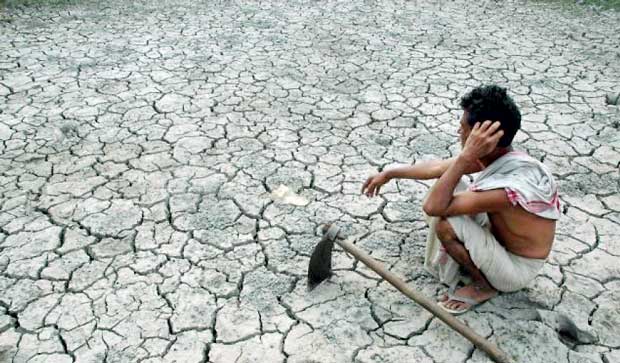Reply To:
Name - Reply Comment

ECONOMYNEXT: Sri Lankans have been warned to conserve water and electricity as the country braces for perhaps the worst drought since the early 1970s, with crop output down and possible shortages of drinking water, officials said.
Disaster Management Minister Anura Yapa said the government was gearing up to deal with drought relief including food and water but early conservation efforts could help mitigate the coming crisis.
Sri Lanka may need to bring down bowsers (road water tankers) to distribute water if the crisis got worse.
“In the past the maximum bowsers we could hire was about 270,” Minister Yapa said. “We may need to appeal for bowsers if water problems get really bad.”
Sri Lanka’s rice crop in the main cultivation season is already expected to be sharply down with only about 30 percent of arable area cultivated.
The Department of Irrigation has stopped issuing water for cultivation as drinking water has taken priority. Yapa said the disaster management office, which works through district secretaries was already gearing up to distribute flood relief.
Deputy Information Minister Karunarathna Paranavithanage said social conflicts can arise in the next few weeks.
There were already rumblings about farmers threatening to cut tank bunds to get water.
He said in the past droughts have resulted in conflicts over access to wells and streams.
The drought could get acute from January to March, until rain comes in April.
Lalith Chandrapala, Head of Sri Lanka’s met department said extreme weather has become more common in recent year with heavy rainfall and acute drought. A key reason was getting large amounts of rain over a small period and leaving long periods without drought.
The 2016/2017 drought could be the worst experienced in 1973/74 in Sri Lanka’s dry zone, according to some analysts.
“But no two droughts are the same, so it is difficult to compare,” Chandrapala said.
The population is now much higher than in the 1970s, so the effects may be greater on some areas.
Sri Lanka’s per capita water usage had picked up sharply over the past decades with rising living standards, officials said.
Piped water, bathrooms with showers and flush toilets, industrialization, tourism, vehicle usage had all driven up water use.
Sri Lanka subsidizes piped water which encourages over-use but still does not have regulations to limit toilet cistern size or encourage rainwater harvests.
Market pricing of water would automatically encourage rainwater harvesting especially in urban areas and increase the demand for more efficient toilets without any regulation whatsoever.
A 2001-2003 administration run by current Prime Minister Ranil Wickremesinghe developed far-reaching plans to manage water use, and not encourage water intensive cultivation but they were shot down by the opposition Janatha Vimukthi Peramuna (JVP).
The JVP said the then administration wanted to ‘sell water’ and helped oust government, which had diffic